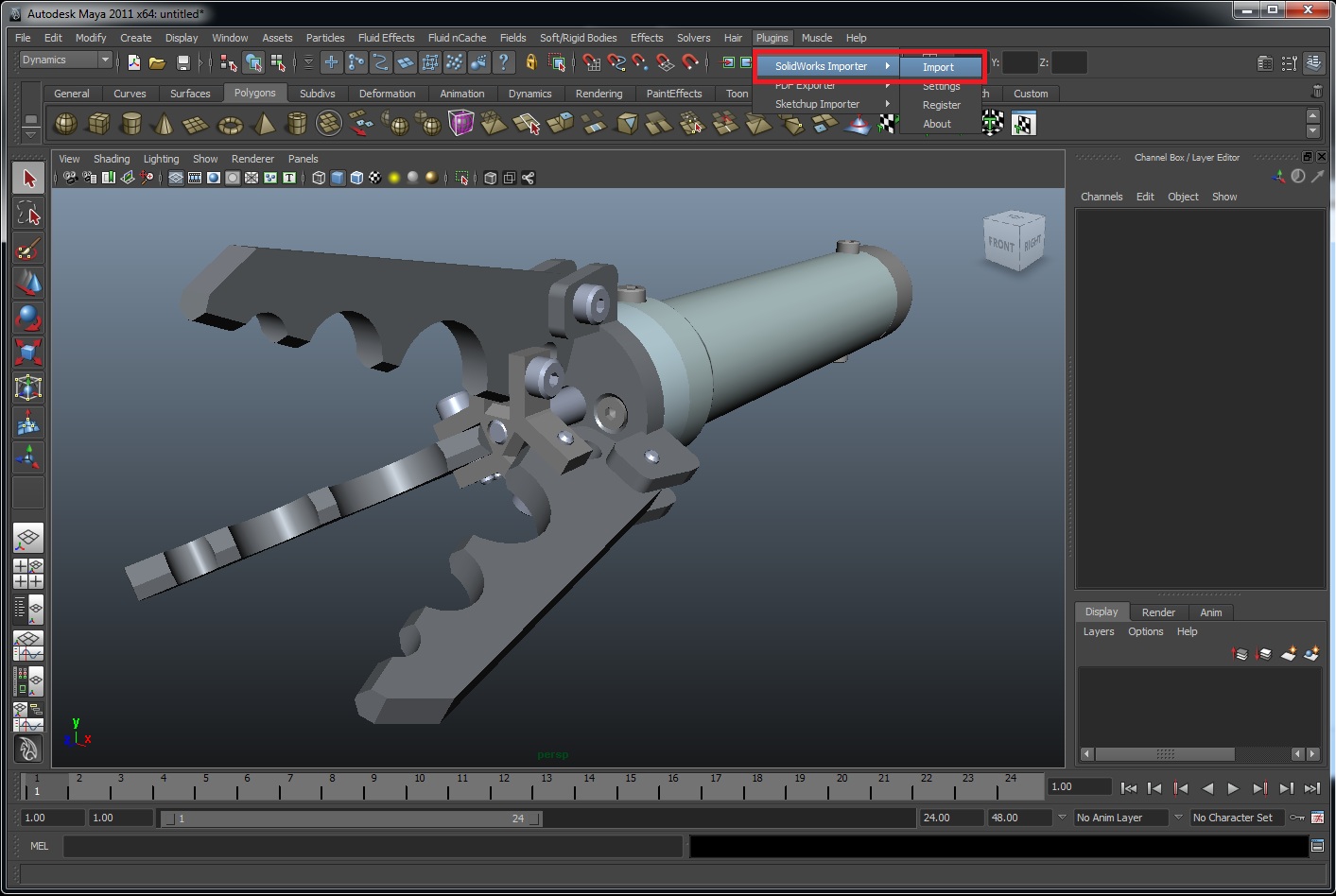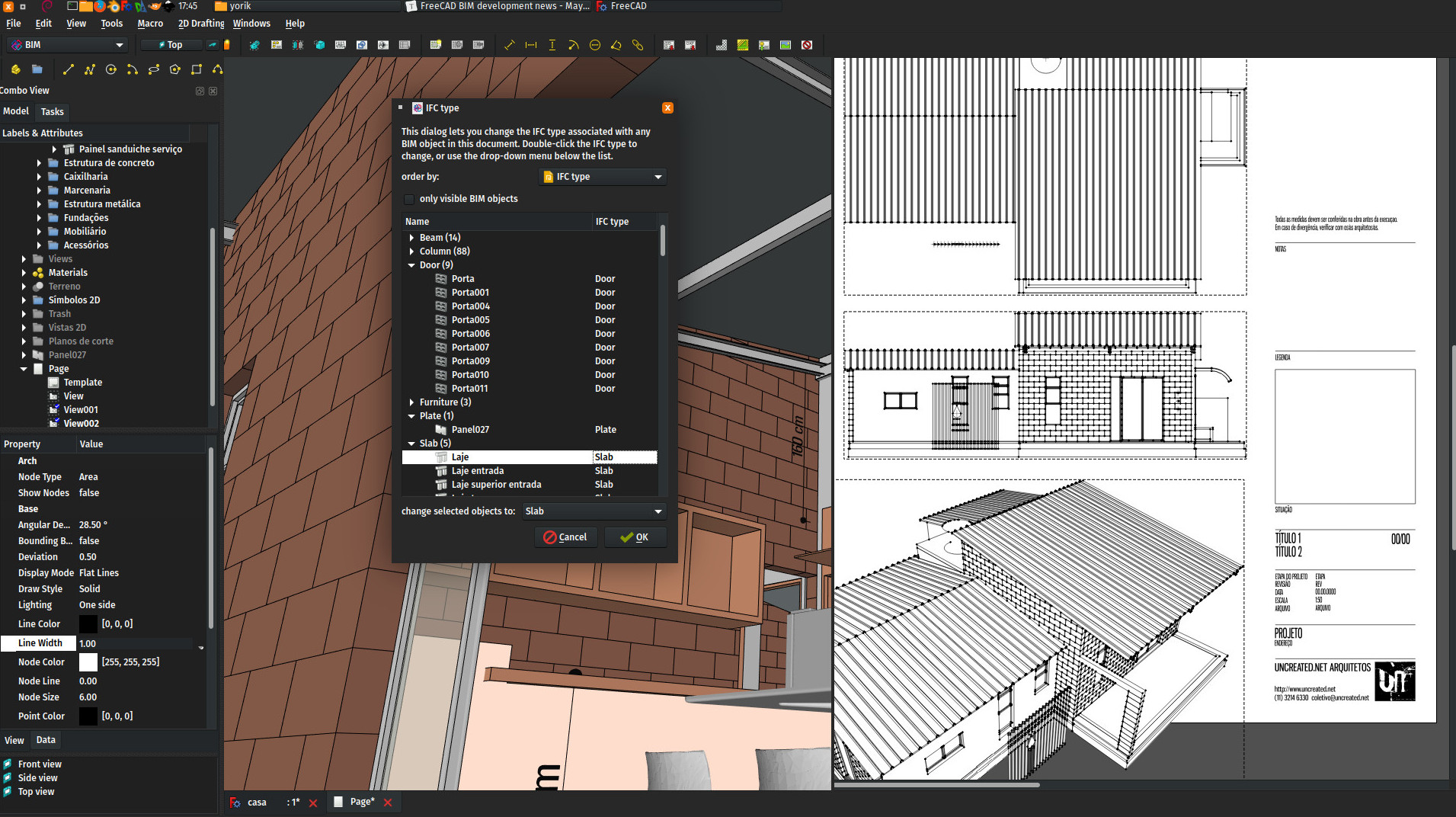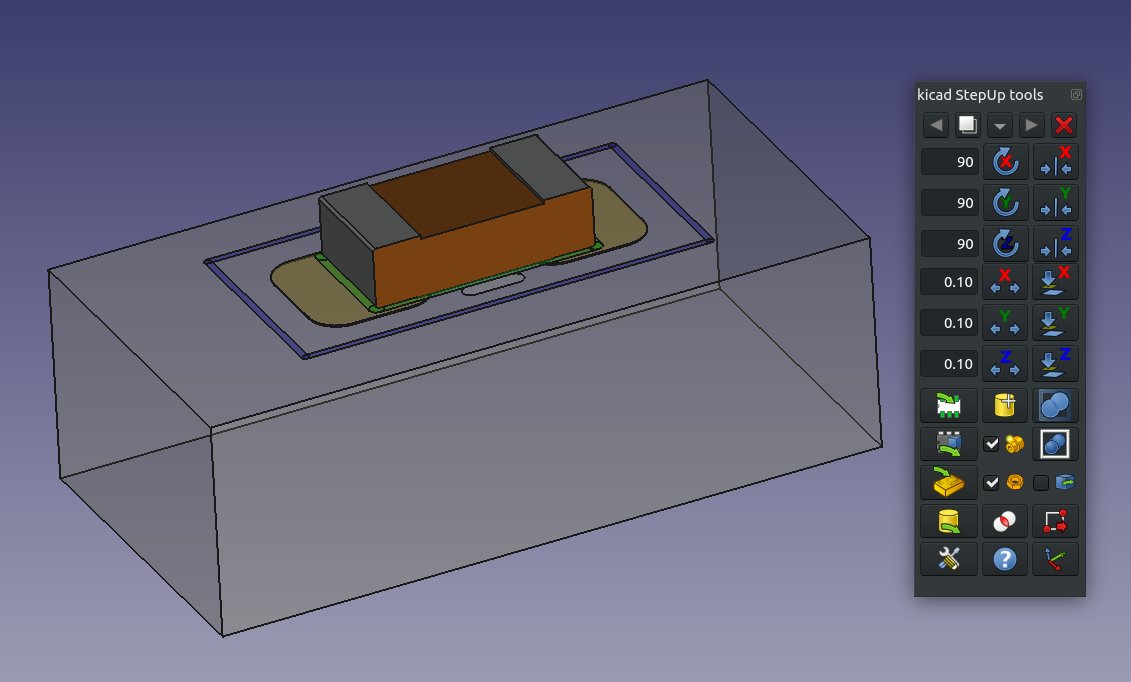

Moreover, the genetic analyses indicate that the virus persisted in Europe in residential wild birds during and after the summer months. The close genetic relationship among viruses collected from black-headed gulls suggests a southward spread of the virus. An unexpected number of HPAI virus detections in sea birds were observed, mainly in gull species and particularly in black-headed gulls (large mortality events were observed in France, Belgium, the.

We conclude that novel HPAI emergences by these two mechanisms occur in different ecological niches, with different viral, environmental and host associated factors, which has implications in early detection and management and mitigation of the risk of emergence of novel HPAI viruses.īetween 3 December 2022 and 1 March 2023 highly pathogenic avian influenza (HPAI) A(H5N1) virus, clade 2.3.4.4b, was reported in Europe in domestic (522) and wild (1,138) birds over 24 countries. Those systems are characterized by several co-circulating viruses, multiple host species, regular contact points in live bird markets, limited biosecurity within value chains, and frequent vaccination campaigns that impose selection pressures for emergence of novel reassortants.

In contrast, a total of 127 reassortments have been reported from 1983 to 2015, which predominantly took place in countries with poultry production systems transitioning from backyard to intensive production systems. All but two of these events were reported in commercial poultry production systems, and a majority of these events took place in high-income countries. From 1959 onwards, we identified a total of 39 independent H7 and H5 LPAI to HPAI conversion events. We subsequently mapped the spatio-temporal distribution of known emergence events, as well as the species and production systems that they were associated with, the aim being to establish their main characteristics. We investigated and summarized the literature on emerging HPAI H5 and H7 viruses with the aim of building a spatio-temporal database of all these recorded conversions and reassortments events. Over the years, the emergence of novel H5 and H7 highly pathogenic avian influenza viruses (HPAI) has been taking place through two main mechanisms: first, the conversion of a low pathogenic into a highly pathogenic virus, and second, the reassortment between different genetic segments of low and highly pathogenic viruses already in circulation. No human influenza-like illness was reported in the weeks after the event. Live virus was isolated from the swans, seals, and the fox, and a single genetic change was detected as a potential adaptive mutation in the mammalian-derived viral sequences. The fox died overnight after sudden onset of inappetence, and postmortem tissues revealed neurologic and respiratory distribution of viral products. Infection in the seals manifested as seizures, and immunohistochemical and molecular testing on postmortem samples detected a neurologic distribution of viral products. Avian-origin influenza A virus subtype H5N8 was retrospectively determined as the cause of disease. Seals and a fox died (or were euthanized) after onset of clinical disease. Five swans had onset of highly pathogenic avian influenza virus infection while in captivity.

We report a disease and mortality event involving swans, seals, and a fox at a wildlife rehabilitation center in the United Kingdom during late 2020.


 0 kommentar(er)
0 kommentar(er)
